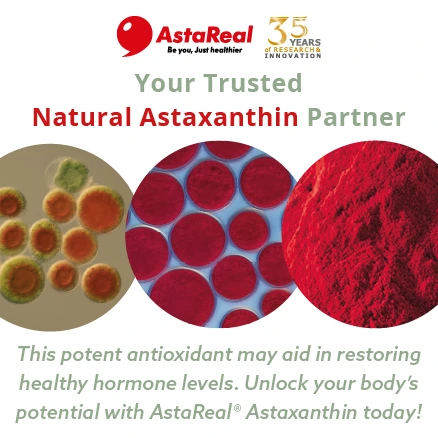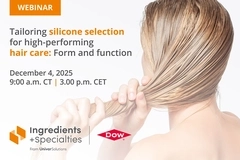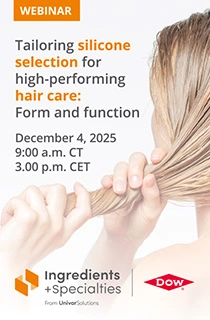Vice & Virtue encourages personal care industry to increase awareness and halt use of endocrine-disrupting chemicals
Following multiple reports of endocrine-disrupting chemicals (EDCs) found in personal care products, the new brand Vice & Virtue aims for transparency by launching a line of endocrine-conscious skin care products.
EDCs mimic, block or interfere with hormones in the body’s endocrine system. Vice & Virtue is looking to address what it calls an “epidemic of dangerous” EDCs after its founders uncovered endocrine disruptors in their favorite beauty products.
EDCs have been linked to numerous adverse human health outcomes, including alterations in sperm quality and fertility, abnormalities in sex organs, endometriosis, early puberty, altered nervous system function, immune function, certain cancers, respiratory problems, metabolic issues, diabetes, obesity, cardiovascular problems, growth, neurological and learning disabilities, according to the Endocrine Society.
Personal Care Insights speaks to Gina Rum Kozol, co-founder of Vice & Virtue, about the need for increased discussion and regulation in the cosmetics industry regarding these hormone-disrupting chemicals.
Why was it important to you to create an endocrine-conscious skin care line?
Rum Kozol: Creating an endocrine-conscious skin care line is rooted in a commitment to health and wellness beyond surface-level results. I wanted to provide a safe choice not only for myself and my generation but also for my daughter and those to come.
Endocrine disruptors can have a long-lasting impact, and with so much unregulated exposure in daily life, skin care shouldn’t add to the problem. By developing this line, I’m making sure that we’re moving toward a future where beauty doesn’t come at the expense of health, giving people the freedom to care for their skin with products that align with beauty and well-being. Vice & Virtue was inspired by other products having EDCs to create solutions without.
Vice & Virtue was inspired by other products having EDCs to create solutions without.
What do you think of the current climate of endocrine disruptors in cosmetics?
Rum Kozol: Currently, the presence of endocrine disruptors in cosmetics is concerning, especially when combined with packaging that may leach additional chemicals into products. While awareness is growing, there’s still a lack of regulation and transparency. Brands often use convenient or visually appealing materials without fully considering their health impacts. Our packaging is clean and designed to avoid leaching chemicals because I believe it’s crucial that our commitment to endocrine safety extends beyond formulation to every part of the product experience. It’s about ensuring consumers can trust both what’s inside the bottle and the bottle itself.
How should the personal care industry address endocrine disruptors in cosmetics?
Rum Kozol: The personal care industry should prioritize transparency and education around ingredients and packaging materials, focusing on product safety and clean packaging that doesn’t introduce harmful elements. This means embracing safer alternatives for formulation and packaging, even if they require more effort or cost. Brands need to hold themselves accountable, go beyond what’s legally required and set higher standards for consumer health.
With Vice & Virtue, we’ve invested in packaging that avoids chemical leaching, supporting our mission to protect customers’ health holistically. The industry should similarly aim to create truly safe products — inside and out.
Endocrine-disruptors in cosmetics
Recent studies suggest some personal care products could expose girls to EDCs and cause early puberty. Personal Care Insights previously dove into the research and spoke to Risa Barash, founder of kids’ skin care companies Fairy Tales Hair Care and TBH Kids, about how consumers can avoid these chemicals. Research has shown harmful chemicals in personal care products.
Research has shown harmful chemicals in personal care products.
The EEB recently called out the European Commission for delaying banning cosmetics that could threaten human health and the environment. Companies can currently legally continue using chemical substances that may be carcinogenic, mutagenic, toxic for reproduction or have endocrine-disrupting properties.
Earlier this month, scientists from the University of Birmingham, UK, discussed research about the potential of harmful chemicals entering the body through leave-on products. These chemicals could include PFAS, plasticizers or endocrine disruptors.














